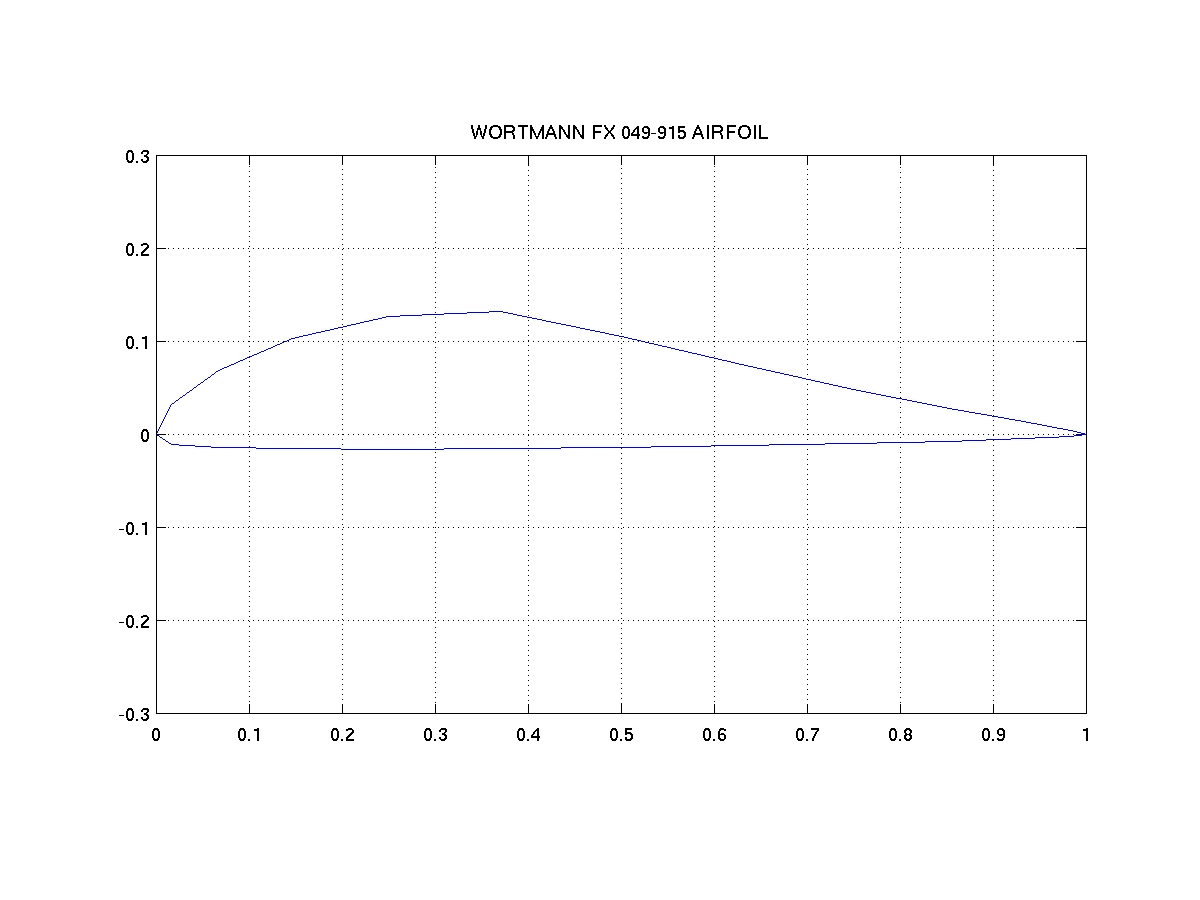

It is generally achieved by using traditional Computational Fluid Dynamics (CFD) methods, which are often known for being computational expensive.

(2) We provide insight explanations as to how the ESCNN succeeds in making accurate predictions with standard convolution layers.Ĭalculating the airfoil lift coefficient is one of the most critical tasks in aerodynamics. Our contributions are as follow: (1) we proposed a NN model that adopts a novel physics-informed structured input, the ESCNN, it outperforms existing state-of-the-art NNs in the airfoil lift coefficient prediction task. Motivated by this question, in this work, we pierce the “black box” of a NN and investigate how NN solves a physical problem in aerodynamics. Is it possible that the NNs are able to develop physical insight in the process of solving physical problems, just like in other scientific domains? In the domain of game theory, evidence has been found that human knowledge is acquired by the AlphaZero neural network as it trains on the game of chess 28. In the field of chemistry, NNs have been shown to be able to capture the complex pattern of electrons moving around the nucleus 1. In the field of mathematics, NNs have been shown to be able to aid mathematicians in discovering new conjectures and theorems 27.

Recent progress has been made to interpret how NNs solve scientific problems. This is due to the nature of NNs, also known as the ”black-box” issue: instead of solving the tasks with logical steps, NNs learn by examples and adjust parameters to improve their performance over time 26. However, interpreting the complex interactions between parameters and layer nodes has always been a challenging task 22, 23, 24, 25.

How do PINNs solve physical problems? Do they make inference based on physical principles or just probability? Answering these questions is necessary, since people need interpretations to understand the logic driving the learned model, and make sure that the predicted results are trustworthy. With the physical constrains, the PINNs manage to achieve state-of-the-art prediction accuracy 6, 17, 18, 19, 20, 21.ĭespite these significant improvements towards prediction accuracy, scientists are not fully convinced with the results of NNs due to the lack of interpretability. In the PINN framework, prior physical knowledge is introduced as constraint, such that NNs are trained to solve supervised learning tasks while respecting the given laws of physics described by general nonlinear partial differential equations 16. They developed a deep learning framework for solving forward and inverse problems involving nonlinear partial differential equations 16. proposed the Physics-Informed Neural Networks (PINNs). However, these NN models suffer from generalization problems: their prediction accuracy drops dramatically once the parameters of the partial differential equations change 7. Once trained, these NN models can make inference within seconds and can be extremely efficient compared with traditional CFD approaches 9, 10, 11, 12, 13, 14, 15. further improved the computational efficiency by approximating the Navier-Stokes equations with the Fourier neural operator 8. applied NNs to accelerate Computational Fluid Dynamics (CFD) simulations, and achieved a significant reduction in computation cost 7. proposed NSFnets that applied NNs to solve the Navier-Stokes equations 6. The potential of using NNs to tackle fluid mechanics problems has lately been gained increasingly attention 4, 5. The fluid dynamics community is no exception. These applications range from statistics and quantum physics to high energy and cosmology 3. A diverse collection of intersections between NNs and physics is presented in the review paper by Carleo et al. Scientists from DeepMind designed the AlphaFold, a type of NN that can generate models of proteins far more accurate than any that have come before 2. created PauliNet, a deep learning method that is capable of solving Schrödinger equation 1. Two representative works revolutionized fundamental scientific research. In recent years, significant efforts have been conducted to apply NNs to fundamental science research.


 0 kommentar(er)
0 kommentar(er)
